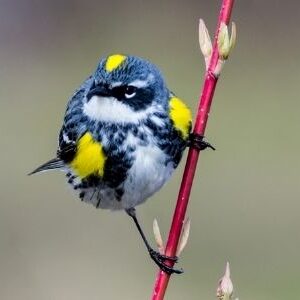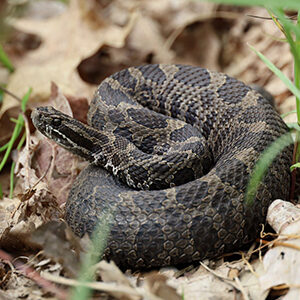The Kalamazoo Nature Center works with local, national, and international partners to conduct scientific research that supports the restoration and conservation of native habitats and species. Our projects range from short-term actions that address critical conservation needs to multi-decade population studies. KNC’s research program aims to deepen our collective understanding of Michigan’s natural communities and provide information to guide the activities of land managers, policy makers, and others who care for nature.
See recent publications here >
Conducting Research at the Kalamazoo Nature Center
Researchers who are interested in conducting research at KNC should contact Jen Meilinger at for information about the application procedure. Researchers who are interested in collaborating with Kalamazoo Valley Bird Observatory should contact Rich Keith at .



